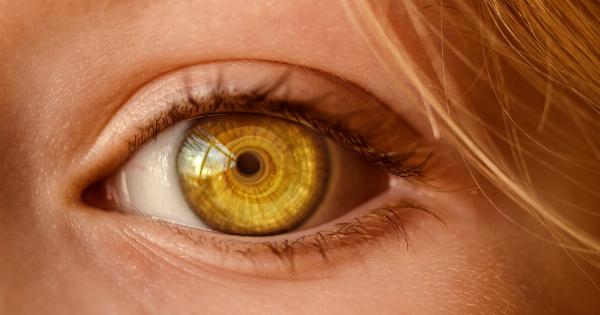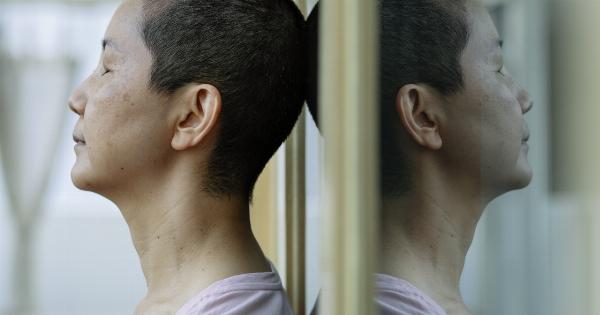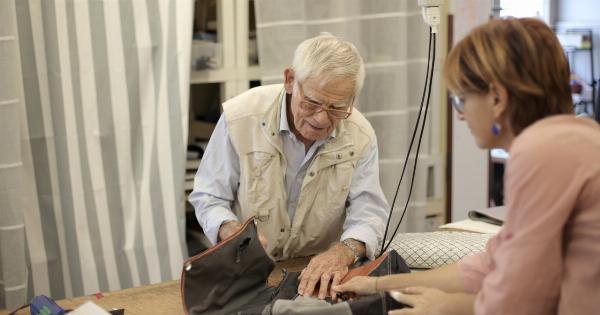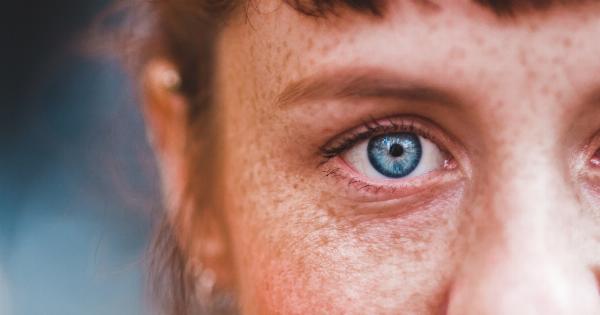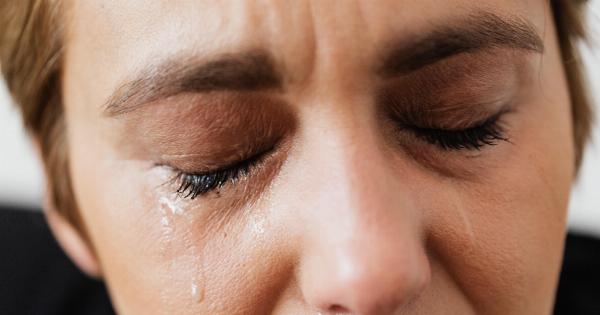For many women, achieving orgasm can be an elusive and challenging endeavor. Despite the mainstream media’s portrayal of female pleasure being effortless and universal, the reality is quite different.
Various factors can contribute to the difficulties many women face in experiencing orgasms. In this investigation, we delve into the common challenges faced by women when it comes to achieving sexual climax.
The Role of Psychological Factors
Psychological factors play a significant role in a woman’s ability to orgasm. Stress, anxiety, and past traumas can all interfere with sexual pleasure.
It is important to create a supportive and comfortable environment that allows women to relax and focus on their own pleasure without any distractions or concerns.
Social and Cultural Influences
Deep-rooted social and cultural influences often shape a woman’s perception of her own sexuality. Society’s unrealistic expectations and negative stereotypes surrounding female pleasure can create shame, guilt, and inhibitions.
Overcoming these obstacles requires dismantling societal norms and embracing a more inclusive and empowering view of female sexuality.
Lack of Knowledge and Communication
Many women lack the knowledge and understanding of their own bodies, as well as effective communication skills to discuss their desires and needs with their partners.
This lack of knowledge and communication can hinder the exploration of sexual pleasure and make it challenging to reach orgasm. Education and open dialogue are essential in overcoming these barriers.
Physical Factors and Health Conditions
Several physical factors and health conditions can impact a woman’s ability to orgasm.
Hormonal imbalances, certain medications, chronic health conditions, and even experiences such as childbirth or surgery can affect the body’s response to sexual stimulation. Consulting with healthcare professionals and exploring potential solutions or treatments may help overcome these challenges.
Anatomical Differences
Each woman’s body is unique, and anatomical differences can play a role in orgasm challenges.
The distance between the clitoris and the vaginal opening, the sensitivity of erogenous zones, and the overall structure of the genitalia can all contribute to variations in how women experience pleasure and orgasm. Understanding and embracing these differences is crucial to unlocking sexual satisfaction.
Relationship Dynamics
The dynamics within a relationship can impact a woman’s ability to achieve orgasm. Issues such as lack of emotional connection, unresolved conflicts, or communication barriers can create a disconnect that inhibits sexual pleasure.
Building trust, enhancing intimacy, and fostering healthy communication are vital for overcoming these challenges.
Sexual Trauma and Abuse
For women who have experienced sexual trauma or abuse, attaining orgasm can be particularly challenging.
Traumatic experiences can create deep-seated fear, anxiety, and a disconnection from one’s own body, making it difficult to experience sexual pleasure. Seeking therapy and support can aid in healing and reclaiming sexual agency.
Media and Pornography Influence
The influence of media and pornography on female orgasmic experiences cannot be overlooked. Mainstream media often perpetuates unrealistic depictions of female pleasure, leading to insecurities and unrealistic expectations.
Consuming ethically-produced, educational content that focuses on pleasure as a holistic experience can help reframe perspectives and empower women.
Masturbation Taboos
Taboos and shame surrounding female masturbation can hinder a woman’s exploration of her own body and desires. Self-pleasure is a crucial aspect of understanding one’s own sexual responses and can help women overcome orgasm challenges.
Normalizing and encouraging self-exploration is essential for breaking down these barriers.
Solutions and Support
Recognizing and addressing the challenges surrounding female orgasm is the first step towards finding solutions. Education, open communication, therapy, and self-exploration are key components in overcoming these obstacles.
Supporting women in their journey towards sexual satisfaction involves breaking down societal taboos and empowering individuals to embrace their desires and needs.








